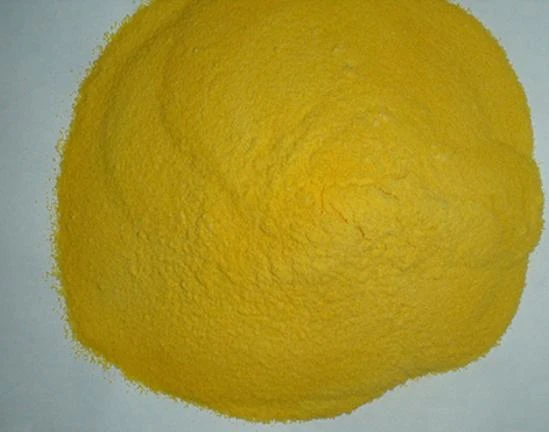Properties and Applications of Anionic Polyacrylamide as a Flocculant Agent
Anionic Polyacrylamide Flocculant A Versatile Solution for Water Treatment
Anionic polyacrylamide flocculant, commonly referred to as APAM, has emerged as a vital component in various industries, particularly in water treatment. This synthetic polymer is widely utilized due to its ability to facilitate the aggregation of suspended particles, thereby improving the clarity and quality of water. This article explores the properties, applications, and benefits of anionic polyacrylamide flocculant.
Properties of Anionic Polyacrylamide Flocculant
Anionic polyacrylamide is a water-soluble polymer characterized by its high molecular weight and anionic charge. Its structure consists of repeating acrylamide units, which are modified to impart an anionic character. This modification is crucial as it enhances the flocculant's performance in environments with positive charges, such as in the case of many metal ions and organic matter found in wastewater.
The effectiveness of APAM as a flocculant is attributed to its ability to bridge and link particles together. When added to water, the anionic groups in APAM interact with positively charged particles, leading to the formation of larger aggregates or flocs. These flocs can then be easily removed through processes such as sedimentation, flotation, or filtration.
Applications of Anionic Polyacrylamide Flocculant
The applications of anionic polyacrylamide are extensive, particularly in water and wastewater treatment. Some of its primary uses include
1. Municipal Water Treatment APAM is used in drinking water treatment plants to enhance the removal of turbidity and dissolved solids. Its application aids in achieving clearer and safer drinking water.
2. Industrial Wastewater Treatment Industries such as mining, textile, and food processing generate significant amounts of wastewater laden with suspended solids. Anionic polyacrylamide serves as an effective agent to flocculate and remove these solids, ensuring compliance with environmental regulations.
3. Paper and Pulp Industry In the production of paper, APAM is used to improve the retention of fiber and fillers, as well as to enhance the drainage process. This leads to improved paper quality and reduced water usage.
anionic polyacrylamide flocculant

4. Agriculture In agricultural practices, APAM is utilized not only for soil stabilization but also for managing irrigation water. It helps to increase the water retention capacity of soil, thereby reducing water consumption in arid regions.
5. Oil Recovery The oil and gas industry employs APAM in enhanced oil recovery processes. Its use improves the efficiency of oil extraction by facilitating the movement of oil through porous rock formations.
Benefits of Anionic Polyacrylamide Flocculant
The use of anionic polyacrylamide flocculant offers numerous benefits, making it a preferred choice in various applications
- High Efficiency APAM provides quick and efficient flocculation, resulting in faster clarification of water and improved sedimentation rates.
- Cost-Effective By reducing the need for additional chemical agents and lowering the volume of sludge produced, APAM contributes to cost savings in water treatment processes.
- Environmentally Friendly Anionic polyacrylamide is non-toxic and biodegradable, making it a safer alternative to many traditional chemical flocculants.
- Versatile Its multifunctional nature allows APAM to be effective in a wide range of pH and ionic strength environments, enhancing its applicability across various industries.
Conclusion
Anionic polyacrylamide flocculant stands as a remarkable solution in water treatment, with applications spanning multiple industries. Its unique properties and efficiency make it invaluable in improving the quality of water while ensuring environmental compliance. As industries continue to seek sustainable and efficient water treatment solutions, the role of APAM is set to become even more significant in the years to come.
-
Water Treatment with Flocculant Water TreatmentNewsJun.12,2025
-
Polymaleic AnhydrideNewsJun.12,2025
-
Polyaspartic AcidNewsJun.12,2025
-
Enhance Industrial Processes with IsothiazolinonesNewsJun.12,2025
-
Enhance Industrial Processes with PBTCA SolutionsNewsJun.12,2025
-
Dodecyldimethylbenzylammonium Chloride SolutionsNewsJun.12,2025





